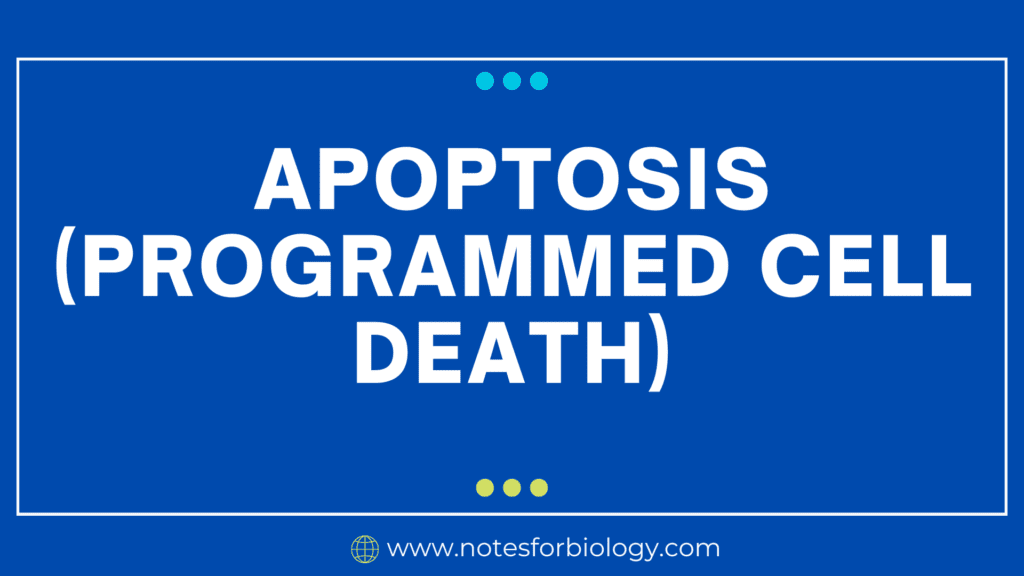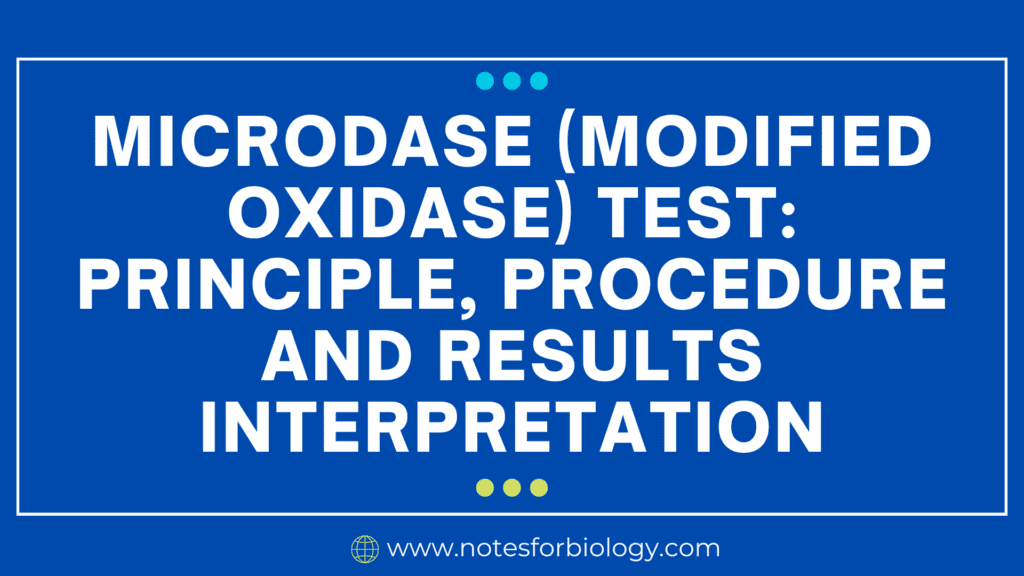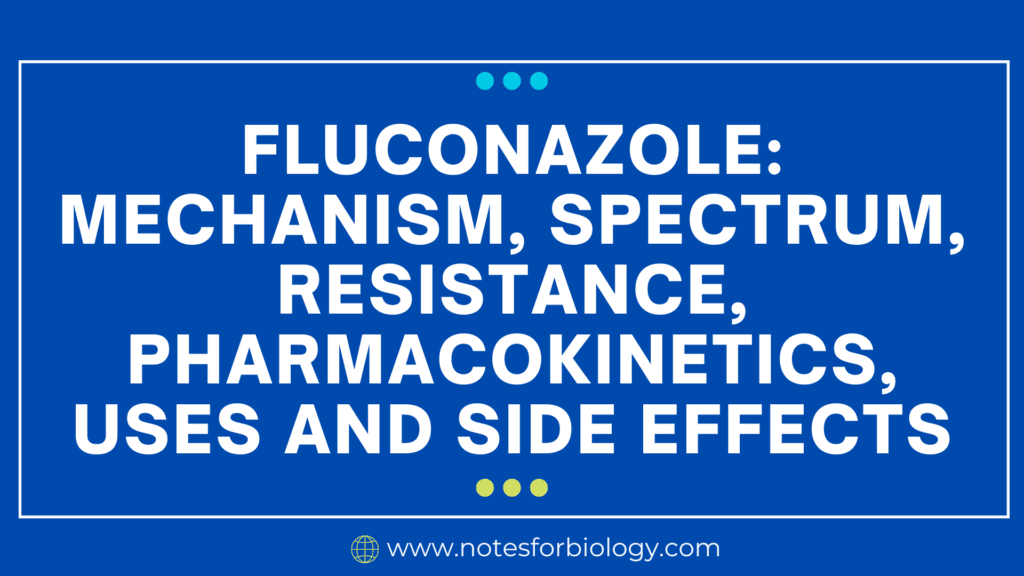Secondary growth in dicot stem
What do you mean by dicot stem? The stem of a dicotyledonous plant, a kind of flowering plant distinguished by having two seed leaves (cotyledons) within the seed, is referred to as a dicot stem. Imagine a tiny seed sprouting into a delicate seedling. As it grows, its stem, the backbone of the plant, needs […]










